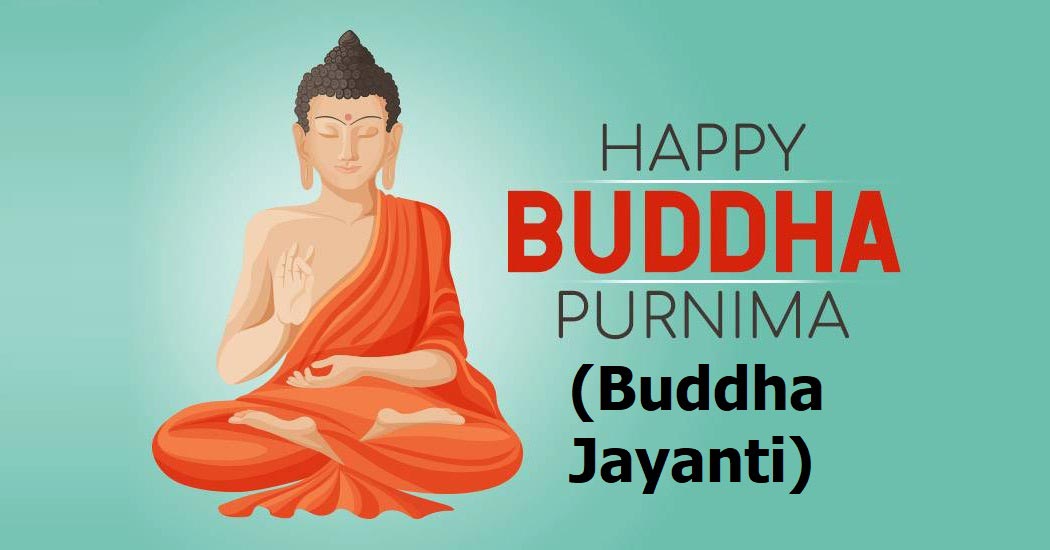
Buddha Jayanti, also known as Vesak or Buddha Purnima, is one of the Buddhist calendar's most meaningful and peaceful observances. This sacred day commemorates the birth, enlightenment, and passing of Siddhartha Gautama, widely known as the Buddha. It is celebrated on the full moon day of Vaisakha, which usually falls in April or May.
Across countries and cultures, this day brings people together for a common purpose—to reflect, give, and practice the values the Buddha taught. It’s a moment for both personal introspection and shared goodwill, where the focus turns away from distractions and back to the deeper meaning of living.
Historical Background
The Early Life of Siddhartha Gautama
Siddhartha Gautama was born in Lumbini, a region in present-day Nepal, in 563 BCE. Born into a royal family, he was raised in luxury. However, his life changed forever when he encountered suffering outside the palace walls: an old man, a sick person, a dead body, and a monk. These experiences set him on a journey that led to renunciation, meditation, and ultimately, awakening.
Why Vaisakha Holds Special Meaning
The full moon day of Vaisakha is believed to be when the Buddha was born, attained enlightenment, and passed away. These three major milestones occurred on the same date, which is why this month holds such a significant place in the Buddhist tradition.
Remembering His Journey
This observance isn’t just about dates and rituals—it’s about recognizing the path the Buddha walked. From the palace to the forest, from confusion to clarity, his journey reflects the challenges and potential of every human being.
Spiritual Significance
A Day of Inner Reflection
Buddha Jayanti encourages a return to self-awareness. Rather than celebrating outwardly, many choose to turn inward. They ask themselves simple but deep questions: Am I being honest with myself? Am I living with intention? Am I treating others with care?
The Core Teachings Revisited
On this day, people reflect on the Four Noble Truths and the Eightfold Path. These teachings emphasize personal responsibility, mental clarity, ethical conduct, and mindfulness. They don’t demand blind faith—they ask for sincere effort.
The Threefold Observance
The day marks three profound events:
-
Birth: A reminder of the potential each life carries
-
Enlightenment: A moment of realization and insight
-
Parinirvana: A peaceful end, free from attachment and suffering
These milestones are not just historical—they symbolize the stages of personal growth.
Celebration Practices
Traditional Rituals
Celebrations vary by region, but many follow a familiar rhythm:
-
Visiting temples early in the morning
-
Offering flowers, incense, and lamps
-
Bathing Buddha statues with scented water
-
Meditating in silence
-
Listening to Dhamma talks
These rituals are not performed out of obligation. They help ground the mind, center attention, and remind people of the path.
Local Variations
Different countries have added their own customs to the day:
-
Nepal and India: Homes and temples are decorated. Monasteries open their doors for prayers, fasting, and community service.
-
Sri Lanka: Lanterns light up neighborhoods. Stories of the Buddha are shared in schools and homes.
-
Thailand: People join candlelight processions, quietly walking around temples three times.
-
Japan: Celebrated as Hanamatsuri, Buddha statues are bathed with sweet tea.
Despite the differences, the message remains the same—live with awareness, act with compassion.
Role of Temples
Temples serve as more than places of worship. They become centers for learning, giving, and community bonding. Monks offer teachings that guide visitors in applying ancient wisdom to modern life.
Many temples distribute food, hold prayer gatherings, and open meditation sessions for all.
Kindness in Action
The Buddha's message is simple: give without expecting. On Buddha Jayanti, people practice this by feeding the hungry, helping neighbors, or simply listening to someone who needs to talk. These small acts become spiritual offerings.
Modern Observance
Blending Tradition with Technology
As lifestyles have shifted, so have ways of celebrating. While many still visit temples, others join online.
-
Virtual meditation groups
-
Live-streamed teachings
-
Shared Dhamma quotes on social media
These new practices help spread the teachings beyond borders. They also make the day accessible to younger generations who spend more time online.
A Global Day of Peace
In many countries, Buddha Jayanti is a public holiday. Nepal, Sri Lanka, Myanmar, Thailand, and others officially observe it. The United Nations also recognizes Vesak Day as an international observance promoting peace and cooperation.
It’s not limited by religion. Many non-Buddhists use the day to reflect, meditate, or slow down and be present.
What It Means Today
Finding Stillness in a Noisy World
Buddha Jayanti offers a pause. It provides a moment to breathe, notice, and reset in the middle of fast-paced life.
People light lamps not just as offerings, but as symbols of clarity in confusion. They chant not for show, but to calm the mind.
Practicing More Than Preaching
The Buddha did not ask for admiration—he asked for understanding. Celebrating his life means applying his teachings. That could mean forgiving someone, letting go of resentment, or sitting quietly and observing one’s thoughts.
It’s about living simply and choosing wisdom over reaction.
Conclusion
Buddha Jayanti is not about fanfare. It’s about returning to what matters—being aware, kind, and free of unnecessary burdens.
It connects people to history, to each other, and themselves. Through small acts and quiet reflection, it continues to shine as a reminder that peace begins within.
Whether you observe it at a temple, at home, or online, the heart of Buddha Jayanti remains the same—a chance to remember that a different way of living is possible, one that values mindfulness, balance, and care for all beings.
Annual Day

